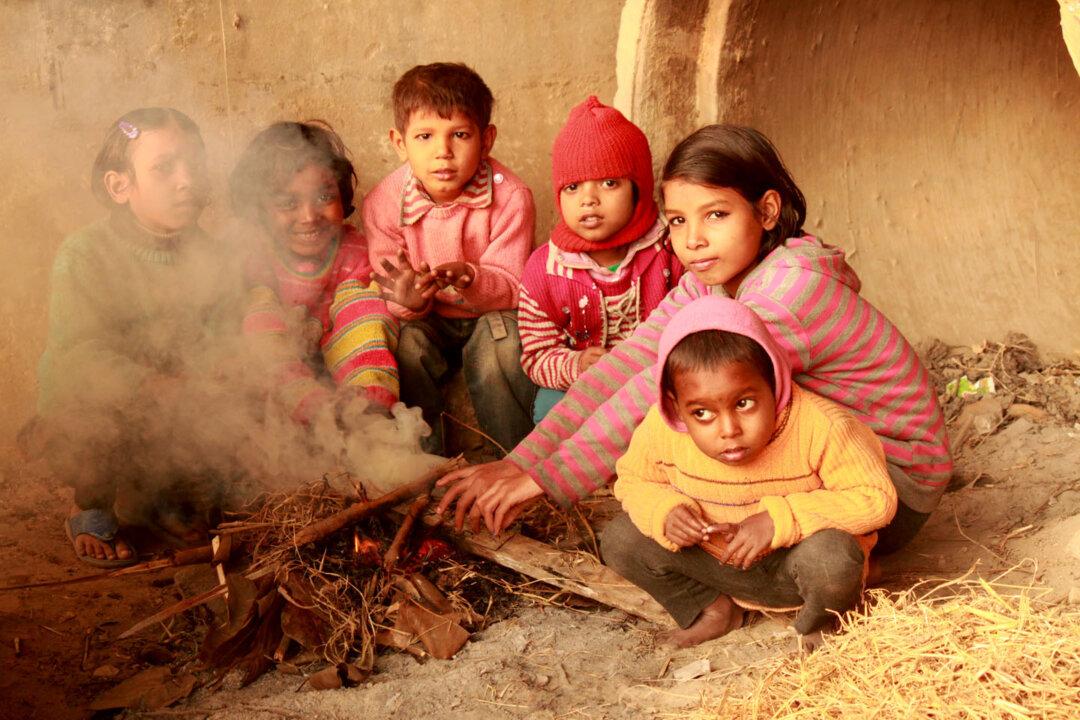NEW DELHI—Hundreds of homeless people continue to die on Delhi’s streets during the winter, leading some aid workers to call cold season in the capital region an ignored annual disaster.
According to the Center for Holistic Development (CHD), a consortium of 20 NGOs, 679 unidentified people died in Delhi between November and the first week of January, 80 percent of which the organization believes were homeless.
Despite more shelters, the number who dies every year hasn’t changed much. In 2013, 618 died during the winter months, while in 2012, 640 people died, according to the Center for Holistic Development.
“It is a preventable disaster because all that the people on the roadsides, homeless people in far flung villages, or disaster struck people, need are woolen clothes and blankets,” said Anshu Gupta, the founding director of Goonj, an NGO that provides clothing to people in need.
Winter in Delhi an Ignored Annual Disaster for the Homeless
Hundreds of homeless have died in Delhi this winter as the government and civil society organizations struggle to meet the demand for shelter, warm clothes and other necessities.

Children who live under a bridge at Akshardham, New Delhi, keep themselves warm on a cold winter day on Dec. 24, 2014. Venus Upadhayaya/Epoch Times

Venus Upadhayaya
Reporter
|Updated:
It is a preventable disaster.
, founder of Goonj



